Table of Contents Show
✍️ AI is summarizing:
In today’s fast-paced world, finding time for outdoor adventures can be a challenge. Enter fast-packing, an exhilarating hybrid of trail running and lightweight backpacking that allows you to explore more in less time.
If you’re looking to cover long distances, soak in breathtaking views, and enjoy the great outdoors without the constraints of traditional hiking, fast-packing might be the perfect fit for you.
Related post:
- Outdoor Activities to Boost Immune System and Fight Illness
- The Power of Salad Greens for Brain Health and Aging
- 5 Essential Strategies to Strengthen Bones for Runners
What is fast-packing?
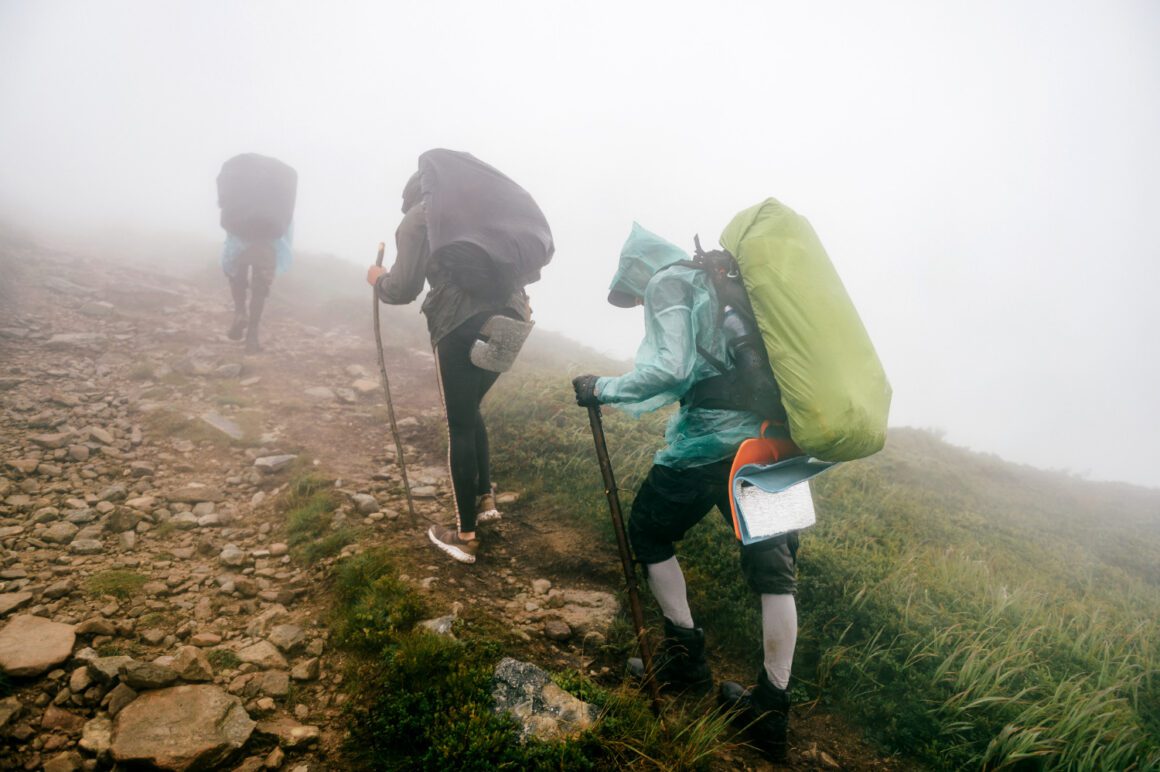
Fast-packing combines the thrill of ultra-running with the practicality of lightweight hiking. As a local athlete who has tackled Vietnam’s stunning trails, fast-packing is described as “somewhere between ultra running and lightweight hiking.” This approach lets you cover significant ground while carrying a manageable load—far less than you would with a conventional backpacking trip, yet more than what you’d carry for a standard run. The goal is to move fast and light, ensuring you have the essentials for multiple days without being bogged down by excess gear.
Unlike traditional hiking, fast-packing requires specific gear, particularly footwear. Trail running shoes are the norm, allowing for quick transitions between running and hiking. Lightweight, moisture-wicking clothing is also essential to maximize comfort and performance on the trails.
The benefits of fast-packing
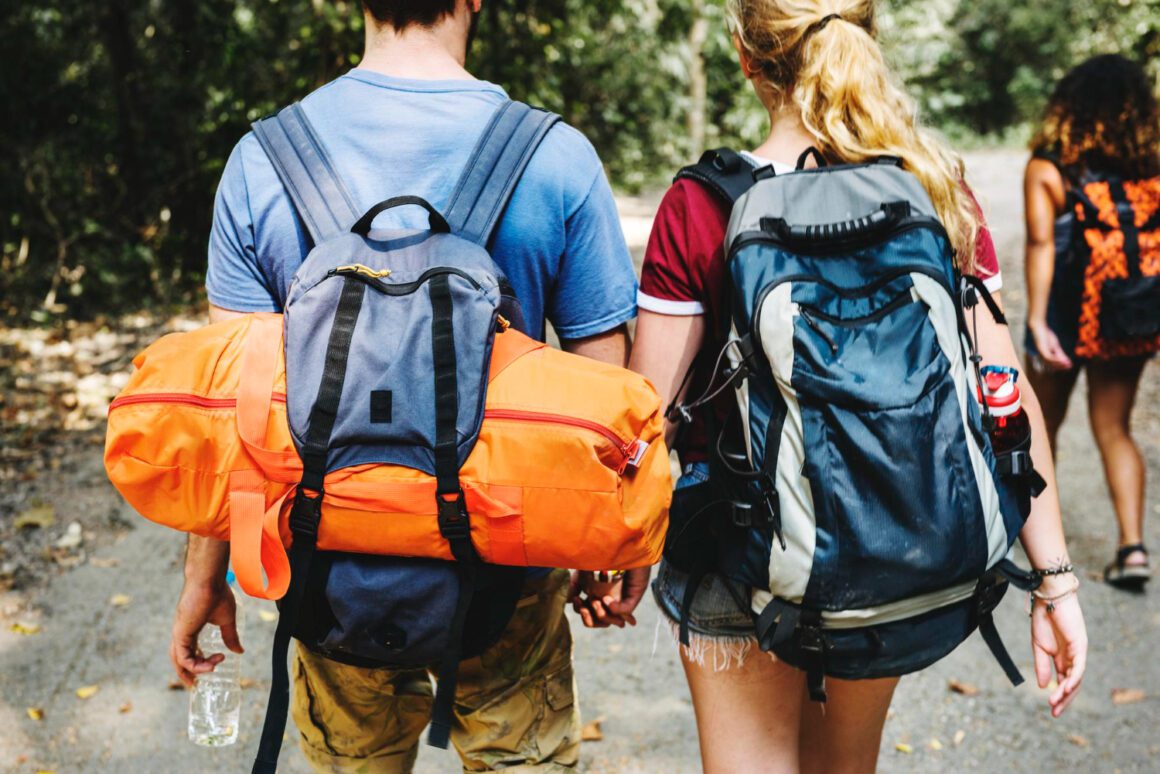
Fast-packing offers numerous advantages for outdoor enthusiasts:
See more in less time
With fast-packing, you can traverse long trails like those in the lush mountains of Sapa or the coastal paths of Da Nang in just a few days. This is ideal for those who want to experience the thrill of a multi-day trek but have limited time. You can cover vast distances without the burden of heavy packs, making it easier to stop and appreciate the stunning scenery along the way.
Strengthens muscles and joints
The combination of carrying a light backpack while moving at a faster pace works wonders for your cardiovascular system and muscle endurance. The added weight of the pack, even if minimal, engages your upper and lower body muscles, enhancing strength and stamina while burning more calories.
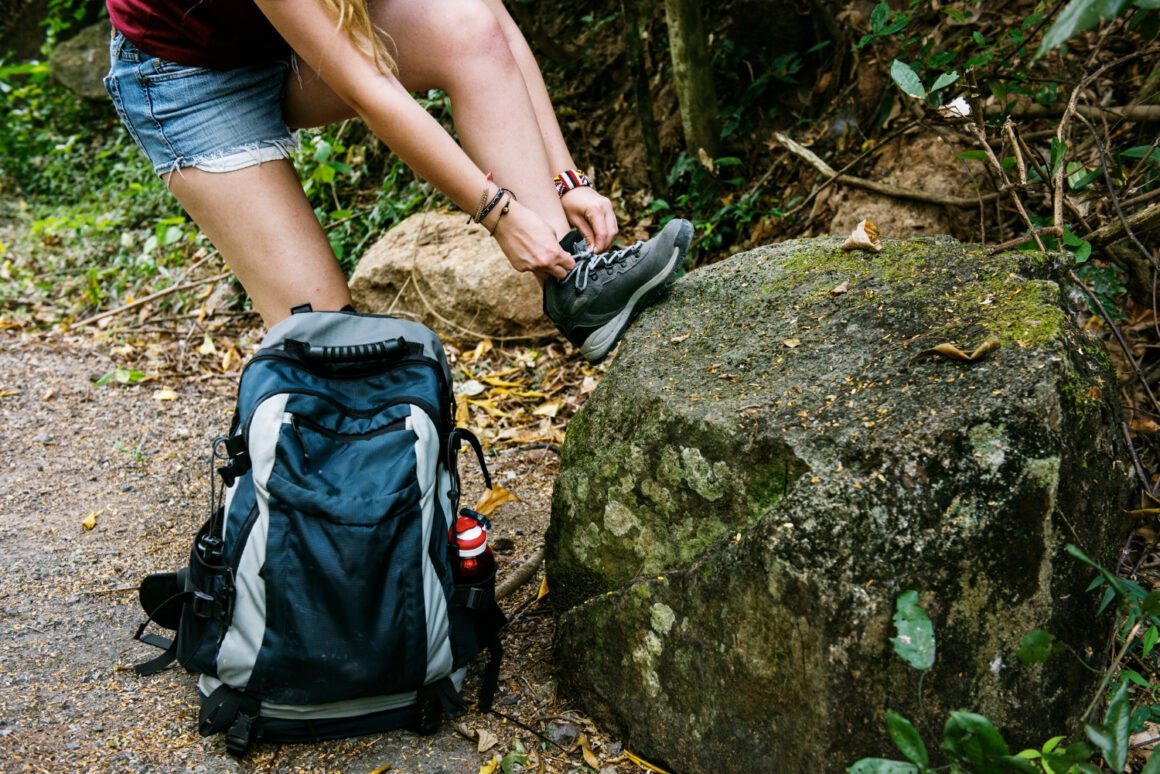
Sociable adventure
Unlike ultra-running, which often demands intense focus and speed, fast-packing allows for a more social experience. You can chat and connect with fellow adventurers while enjoying varied paces—hiking uphill, jogging downhill, or running on flat terrain. This makes fast-packing not just a workout but a shared experience with friends.
Essential gear for fast-packing
When it comes to fast-packing, packing light is crucial. Here’s a list of essential gear to consider:
- Lightweight backpack: Choose a pack between 24-44 liters that allows for swift movements.
- Waterproof jacket: Always carry a reliable waterproof layer to protect against unpredictable weather.
- Hydration: Lightweight, collapsible water bottles are ideal for saving space.
- Nutrition: Energy bars, gels, and lightweight snacks like Vietnamese rice cakes or dried fruits can keep your energy levels high.
- Clothing: Pack breathable layers, including an insulated jacket for colder conditions in the mountains.
- Medical kit: A basic first-aid kit is essential for minor injuries.
- Sun protection: Don’t forget sunscreen, even on overcast days.
- Navigation tools: A GPS device or smartwatch, accompanied by a traditional map, ensures you stay on track.
- Shelter: A lightweight tent, blanket and light air mattress is necessary for overnight stays.
- Comfort items: Flip-flops for relaxing after a long day and a small luxury item like an inflatable pillow can enhance your experience.
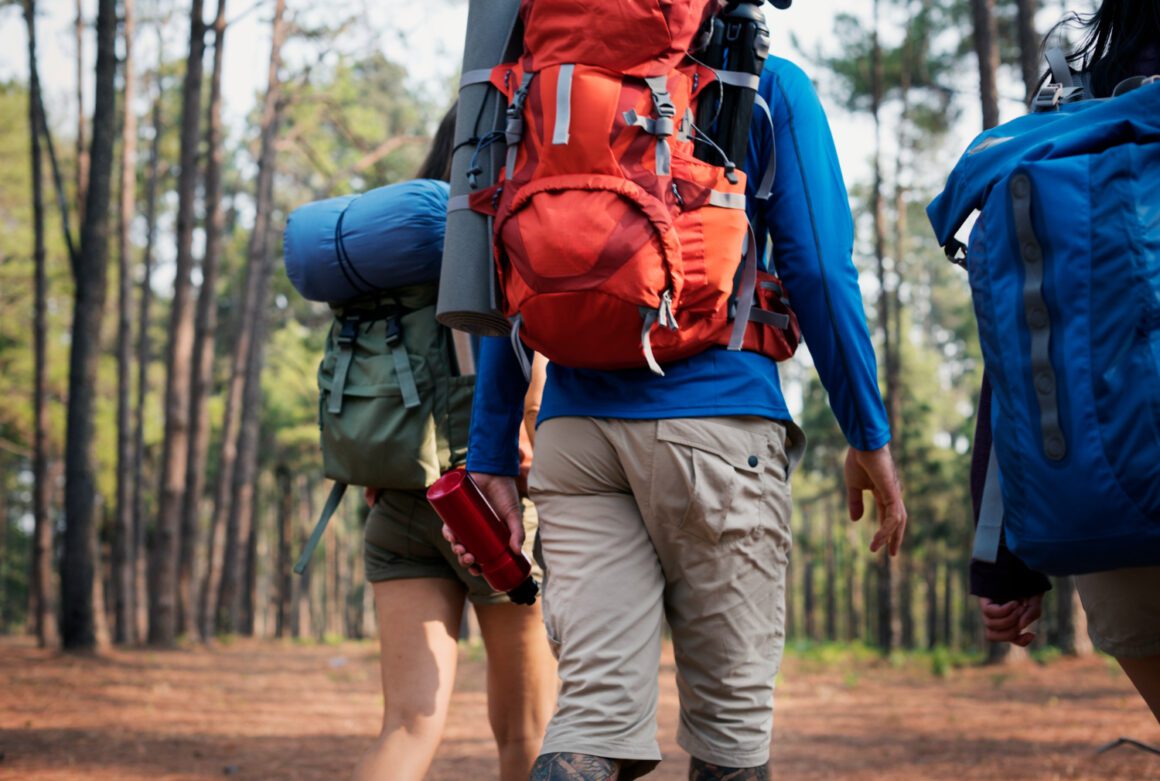
If you’re new to fast-packing, consider teaming up with experienced friends or joining a local hiking community. Start with nearby hills or trails in places like Phong Nha-Kẻ Bàng National Park to build your confidence and fitness level. Remember, you don’t need to be a super athlete to enjoy fast-packing; a good aerobic capacity will make your adventure more enjoyable. Familiarize yourself with your chosen route, and always let someone know your plans. With the right gear and mindset, fast-packing can open up a world of adventure, allowing you to explore the breathtaking landscapes of Vietnam like never before.
Conclusion
In summary, fast-packing offers a thrilling and efficient way to explore the outdoors, blending the speed of trail running with the self-sufficiency of lightweight backpacking. By embracing this dynamic approach, you can cover more ground, challenge yourself physically, and connect with stunning landscapes in a deeply rewarding way.
With the right gear, preparation, and a spirit of adventure, fast-packing unlocks a world of possibilities for those seeking an immersive and active experience on the trails. Follow our official Facebook page now to receive more interesting information.

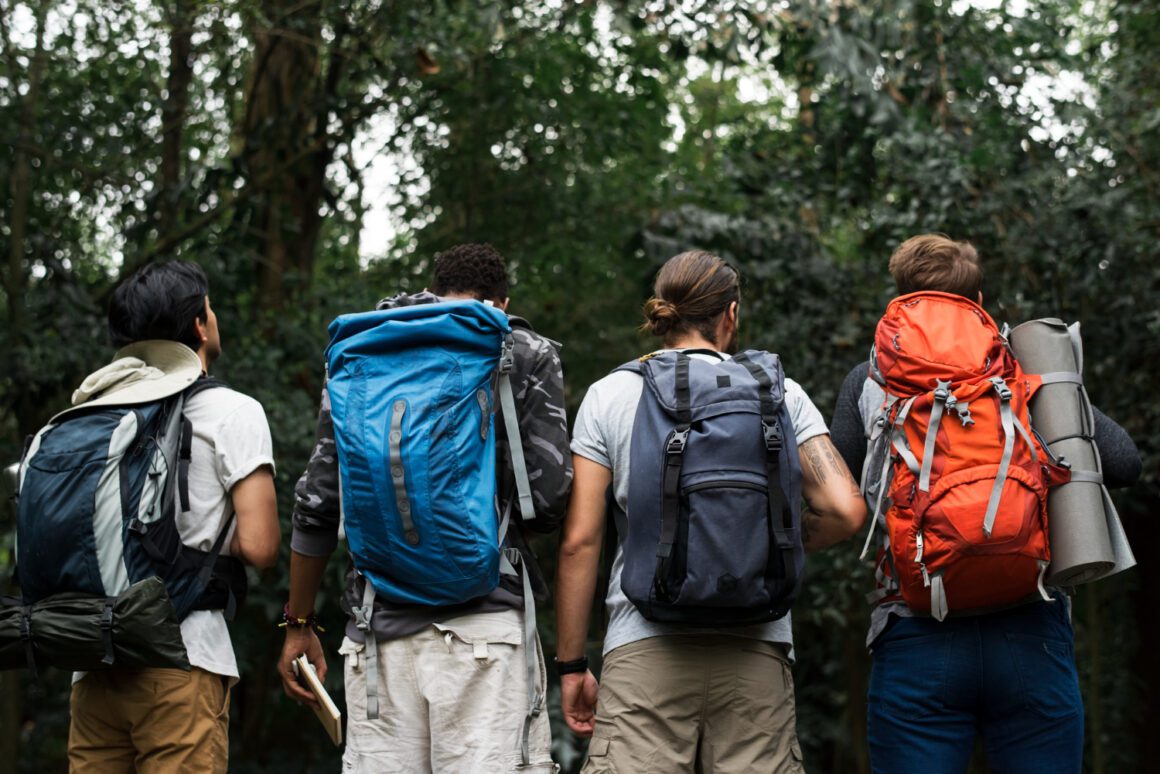


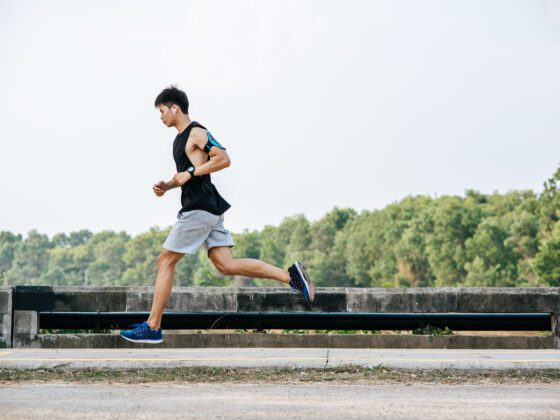
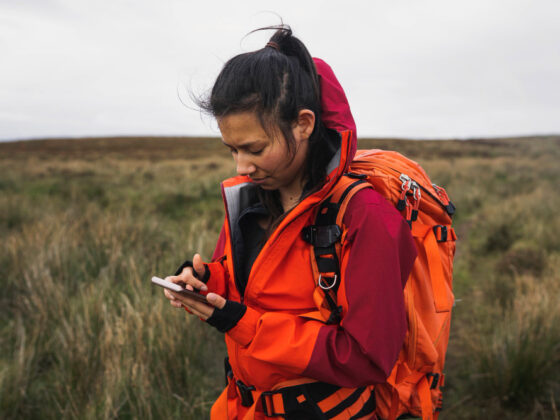
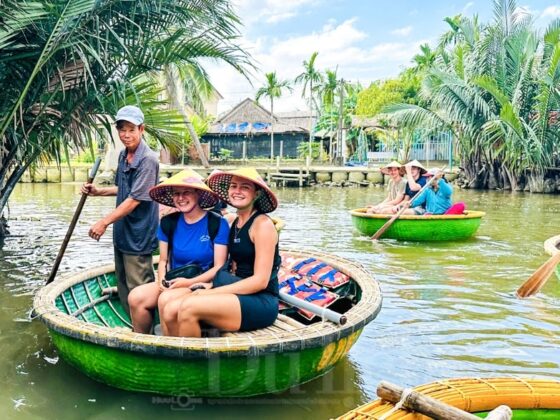





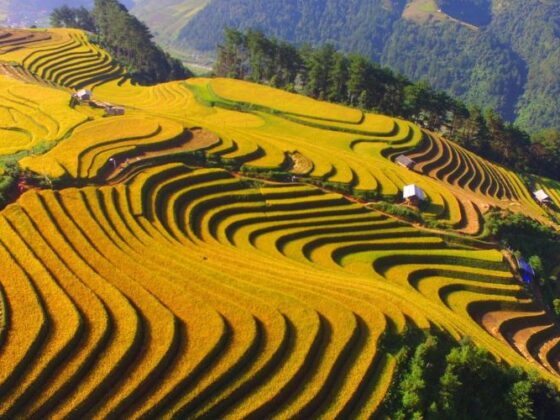
Your point of view caught my eye and was very interesting. Thanks. I have a question for you.
Thank you for your sharing. I am worried that I lack creative ideas. It is your article that makes me full of hope. Thank you. But, I have a question, can you help me? https://accounts.binance.com/kz/register-person?ref=S5H7X3LP
I don’t think the title of your article matches the content lol. Just kidding, mainly because I had some doubts after reading the article.